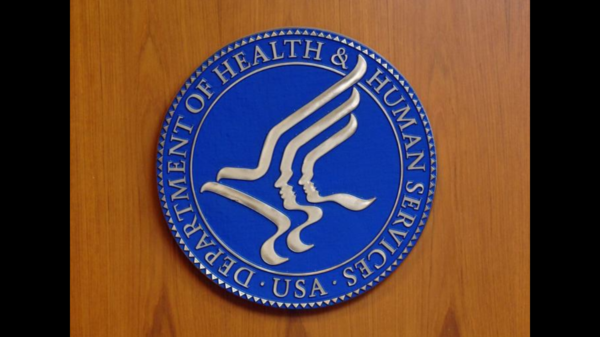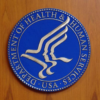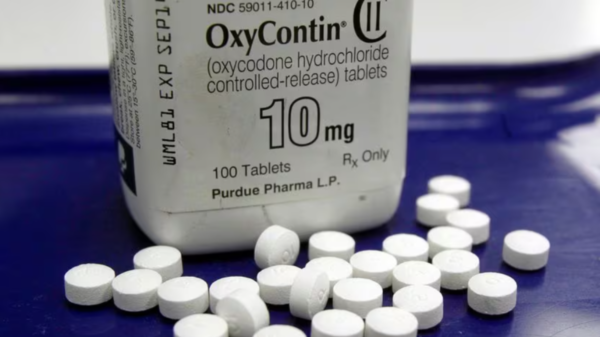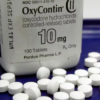
Robyn Horsager-Boehrer, M.D.
Obstetrics and Gynecology
In 2019, about 7% of pregnant women reported using opioids medications, and about 1 in 5 reported misuse of opioids during pregnancy. According to the Centers for Disease Control and Prevention (CDC), the number of women diagnosed with an opioid condition at delivery increased 131% between 2010 and 2017.
These statistics are worrisome but not entirely surprising – the U.S. has struggled with opioid over-prescription and misuse for decades. A CDC graph shows that in 2017, almost 20% of people who had not been using opioids were still using them a year after getting a 10-day supply.
In other words, the risk of developing opioid dependence increases with the number of days in the initial prescription. This is why patients often are given just a few days’ worth of narcotic pain medications at a time after a C-section or complex vaginal delivery rather than a 10-day supply like patients did just five years ago.
What are opioids?
Opioid medications reduce the perception of pain after surgery, traumatic injury, or with chronic pain conditions. Familiar medications include:
- Oxycodone (OxyContin®, Percoset®)
- Hydrocodone and codeine (Vicodin®)
- Fentanyl (Actiq®, Druagesic®, Sublimaze®)
- Morphine (Kadian®, Avinza®)
- Tramadol (ConZip®, Ryzolt®, Ultram®)
- Methadone
Opioid use during pregnancy and after delivery can have serious negative effects on you and your baby. Misuse or overdose can cause blood pressure spikes and dizziness or fainting that can result in falls. In patients who develop substance use disorder (SUD), opioid addiction can culminate in turning to more harmful street opioids such as heroin.
The prevalence of drug-related social media challenges – most recently the “NyQuil Chicken” trend, in which TikTokkers eat chicken they’ve cooked in cough syrup – emphasizes the importance of talking with your doctor and loved ones about appropriate use and disposal of opioid medications.
In this post, we’ll discuss what you need to know about using pain medications during pregnancy and after delivery, as well as how to appropriately dispose of unused prescription drugs through programs such as Take Back Day – through which about 360 tons of unused opioid drugs were collected in April 2022 alone.
Risks of opioid use during pregnancy
Taking opioids during pregnancy can cause serious complications, such as preterm birth, birth defects, poor fetal growth, and stillbirth. After delivery, babies are at risk of neonatal abstinence syndrome – when your newborn is no longer receiving the drug from your bloodstream and may have withdrawal symptoms for days to weeks after being born.
Symptoms of neonatal abstinence syndrome include:
- Shaking/tremors
- Incessant crying
- Fever
- Poor feeding
- Diarrhea and vomiting
- Sleep problems
If you are taking opioids, the best thing you can do for your health and your baby is to have an honest discussion with your doctor. Many experts do not recommend attempting to detox while pregnant. The American Congress of Obstetricians and Gynecologists (ACOG) recommends medication for opioid use disorder and behavioral therapy for pregnant patients with SUD.
UT Southwestern maternal-fetal medicine experts have developed an effective program for weaning pregnant women off opioids so their newborns do not have to go through withdrawal.
After C-section delivery, patients at UT Southwestern and Parkland Hospital can receive IV opioid medication for 12 hours, followed by scheduled doses of nonsteroidal anti-inflammatory drugs such as ibuprofen. This protocol was launched in 2020 and has reduced opioid use by 75% while increasing breastfeeding rates 3%, due in part to increased maternal alertness.

Opioid use after pregnancy
A 2019 study showed almost 50% of women with vaginal deliveries and 80% who had a C-section filled prescriptions for narcotic pain medications. Though many of the pills went unused, women were clearly overexposed to opioids after childbirth, which can be a vulnerable time of high physical and emotional stress.
Patients can benefit from short-term pain medication after a C-section or complex vaginal delivery involving tubal ligation, an episiotomy, or a bad tear. Most patients will receive 3-5 days’ worth of pain medication that can be refilled if necessary after talking with your doctor.
However, discomfort from vaginal delivery related to swelling and uterine cramping is expected as the uterus returns to normal size and doesn’t require narcotics. Heat therapy or over-the-counter medications are usually sufficient to treat this pain.
Safe disposal of prescription opioids
Sometimes patients fill a prescription “just in case,” or end up with leftover medicine after delivery. Unused pills often end up lying in medicine cabinets, where they’re accessible and can pose a risk to children. In 2020, poison control centers reported 69,995 household pain medication exposures in children younger than 6.
While these exposures are almost always unintentional, keeping extra medications in your home increases the risk of potential misuse.
DEA National Rx Take Back Days, held every April and October, are drives to collect unused and unwanted opioid prescription drugs. To date, people have relinquished nearly 8,000 tons of opioids. Find a collection site near you.
My recommendations
First, if you currently take narcotic medications and your Ob/Gyn provider is not aware, talk with her or him about what you take and how often. Together, you can explore the best plan of care for you and your infant.
Second, if you’re offered a prescription for narcotics, think about whether you really need one. Your pain may be better managed with non-steroidal, anti-inflammatory agents like ibuprofen, which is effective at easing uterine cramping. These medications also aren’t as sedating as opioids, which can be important for a new mom.
Finally, if you feel as if you need narcotic medications to control your pain, understand we’ll likely prescribe a short course (3-5 days) because there is less risk of long-term dependence. It’s also safer for families because you won’t risk having unused medication in the house.
For more information about pregnancy, labor, and delivery call 214-645-8300 or request an appointment online.









You must be logged in to post a comment Login